Politics and science clash in controversy over Japan’s Fukushima wastewater release plan, say experts
Japan started releasing wastewater from the crippled Fukushima Daiichi Nuclear Power Plant into the Pacific Ocean on Thursday (Aug 24), a decision that has prompted backlash from its regional neighbours.
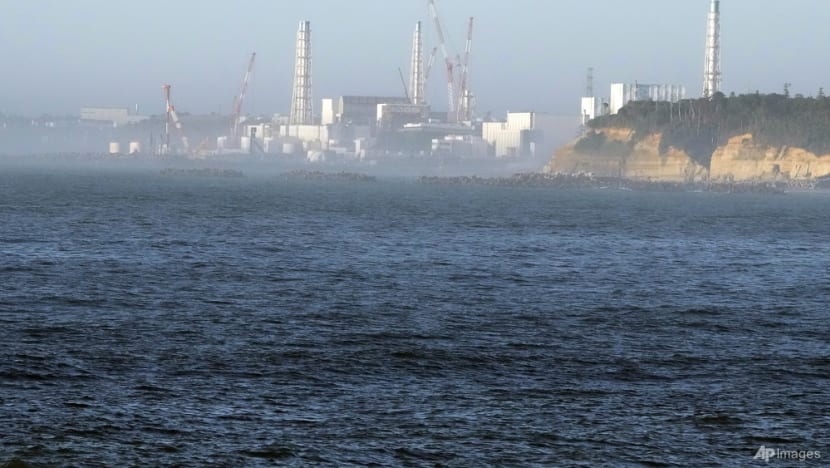
Experts remain split on Japan’s decision to manage wastewater from the crippled Fukushima Daiichi Nuclear Power Plant by releasing it into the Pacific Ocean, as the operation commenced on Thursday (Aug 24).
While some said it is a common practice by nuclear plants globally and attributed the controversy to politics, others said a lot of uncertain factors remain and that alternatives have not been adequately considered.
Japan had announced the go-ahead on Tuesday, prompting backlash from its regional neighbours, including an import ban by Hong Kong, its second-biggest seafood market after mainland China.
The Fukushima Daiichi Nuclear Power Plant was hit by a massive earthquake and subsequent tsunami in March 2011, sending three of its reactors into meltdown.
Plant operator Tepco has over the last decade been pumping water to prevent them from overheating and causing further damage, collecting 1.34 million cubic metres of water – almost 540 Olympic swimming pools' worth – but is now running out of storage space.
The plan to release the wastewater was approved two years ago by the Japanese government, as a crucial part of the plant’s decommissioning process.
REVIEW PROCESS
Curtin University’s Associate Professor of Physics Nigel Marks said he is “very happy” with the way parties such as the International Atomic Energy Agency (IAEA) and the Japanese authorities have approached the plan.
“The plan is safe from a technical and a scientific point of view, and that's been confirmed by lots of people who understand what's going on at a deep level,” he told CNA’s Asia First on Thursday.
He said authorities could have begun explaining to people a few years ago that the procedure is “perfectly safe”, with many similar situations happening at other plants around the world, said Assoc Prof Marks.
“It does sound like a bad thing to do, but it's actually very safe, and the situation on the ground is that there's no other genuine alternative. Lots of people like to suggest there are other options that the government could have taken, but if you're putting on a realist hat, they are doing the best thing they can do, given a difficult situation,” he said.
However, Dr Tilman Ruff, the immediate past co-president of the International Physicians for the Prevention of Nuclear War, said he is “not reassured” on the process, noting that the IAEA’s has not given its explicit approval nor support.
“I think the most useful independent assessment has been conducted by several very well regarded international scientists in a scientific independent expert panel commissioned by the Pacific Islands Forum, who engaged in detail with the Japanese government, with Tepco, with the IAEA, and have written a number of very forthright and illuminating reports that make it clear that we really don't know exactly what's in all of those tanks,” he said.
He told CNA’s Asia First on Thursday that it remains unknown how well the purification system will work in removing radionuclides, other than tritium, from the many storage tanks.
ALTERNATIVES CONSIDERED
“We are essentially taking Japan on faith,” said Dr Ruff.
“And I have to disagree that the expert panel has put forward detailed options, as have a number of expert groups in Japan.”
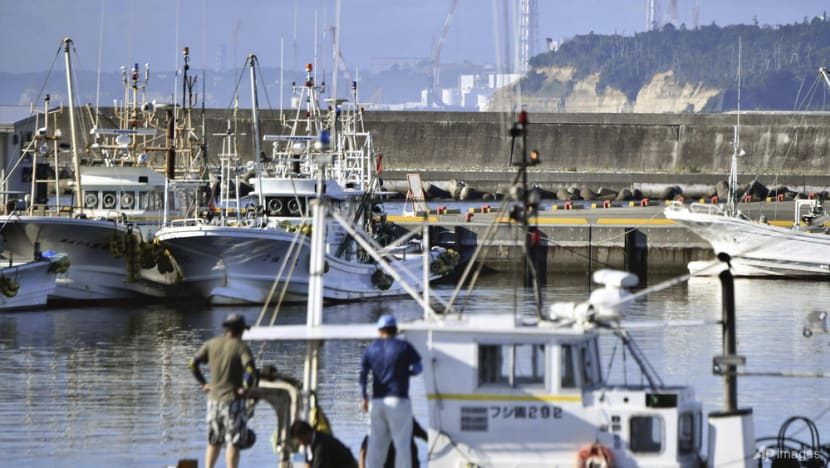
Alternative options included the long-term storage of the wastewater in purpose-built seismically safe tanks, where over decades much of the radioactivity would decay away, he said.
Another method was to use the water to produce mortar, which will keep the waste in solid form to prevent it from leaking, or to use it for concrete in structural applications where much of the radioactivity would be contained without any transboundary or transgenerational pollution issues, said Dr Ruff.
“Those alternatives were not adequately explored. So I think this adds to the radiological burden in the environment,” he said.
“Even if the doses to individuals are small, you expose large numbers of people to small doses of radiation over a long period of time, that can amount to a significant biological impact that in this case is entirely preventable.”
Dr Ruff said the Japanese government has not explained why it has not embarked on a detailed examination of all options.
“This is a very difficult situation, but good governance requires you to consider all of the feasible options (and) to weigh those risks and benefits based on expert independent evidence in a transparent and rigorous way, and then make a decision that's accountable on the best of those options. That hasn't been done,” he said.
He added that Tokyo’s decision is a “19th century sort of cheap and dirty, out of jurisdiction, out of sight, out of mind” approach.
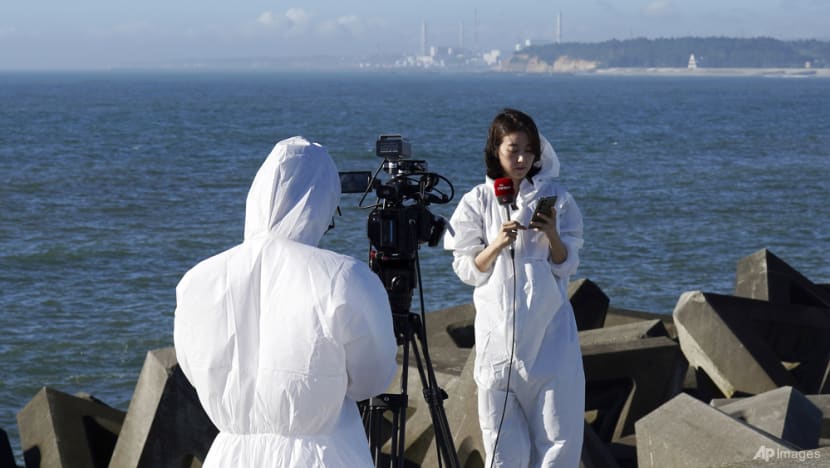
Dr Ruff also alleged that it contravenes Japan's legal obligations under the London Convention against dumping of wastes in the marine environment and the United Nations Convention on the Law of the Sea, which prohibits dumping land-based sources of pollution, and specifically prohibiting the discharge of radioactive material, into the ocean.
“I think Japan is really skating on fairly thin ice from an international legal point of view as well in relation to those prior commitments that it has made,” he said.
However, Assoc Prof Marks said he has been “extremely unimpressed” by the reports from the Pacific Island Forum cited by Dr Ruff, from a scientist’s point of view.
“One of the things that hasn't been reported is that there were five people on that panel, and most of the reports that received the press are from four of them who were vehemently opposed to the release, and I would say had made up their minds before we even started,” he said.
“One of them is an anti-nuclear activist, so of course they were going to be opposed to it,” said Assoc Prof Marks.
He added that people have been proposing solutions “without even doing any of their homework”, and that some of the plans are “actually ridiculous”.
For instance, roughly half of the water used in making concrete actually evaporates into the atmosphere as part of the process, he said.
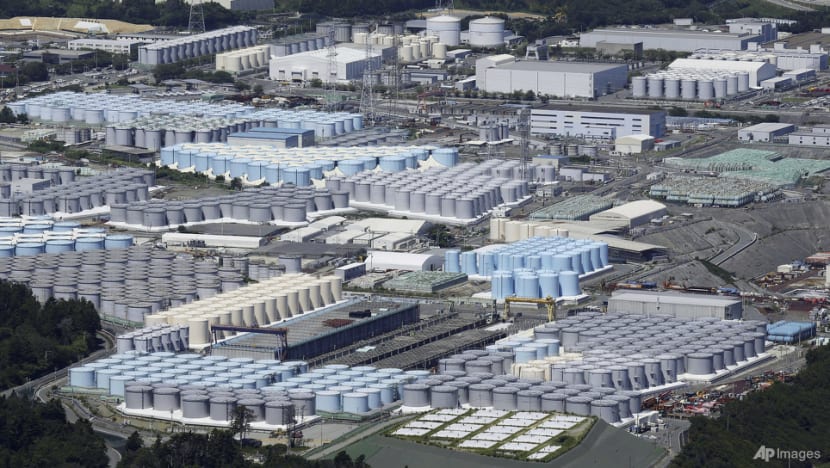
POLITICS VERSUS SCIENCE
The decision has drawn backlash from Japan’s neighbours.
Chinese Vice Foreign Minister Sun Weidong had urged Tokyo to "stop its wrongdoing" and cancel the plan, while South Korea said it does not actively support the course of action, although it accepted the IAEA’s findings.
“I think that politics is a very important prism to understand what's going on here,” said Assoc Prof Marks.
He said the South Korean government is “treading a fine line”, as the domestic opposition party has made a big deal of rejecting the plan to the point where locals are extremely worried about it.
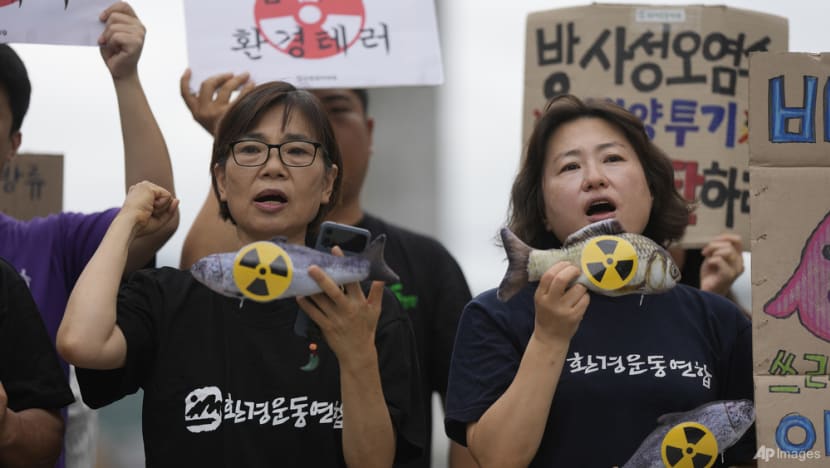
China has had a “constant stream of rhetoric criticising the plan”, he noted.
However, Prof Marks said it is ironic as the main thing to be released will be tritium, something China also does every day.
“It's a routine operation in nuclear power plants all over the world to release tritium into waterways or into the atmosphere, if that's preferred, but it's most commonly into waterways,” he explained.
“It's one of these things where it's very easy to quote these highfalutin international conventions. But the reality is we have 60 years of data showing that this practice is completely safe at the levels that Japan is choosing to do.”
Assoc Prof Marks said that Japan’s plan is “very much in the zero-risk category” and is “extremely conservative”, compared to many other places in the world releasing far higher amounts of tritium.
“The packaging (and) the words around this have been exploited for political and social activist causes, and that is unfortunate,” he said.














